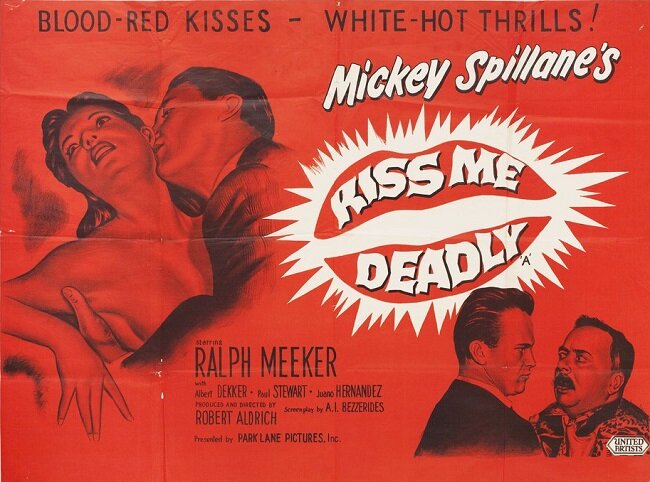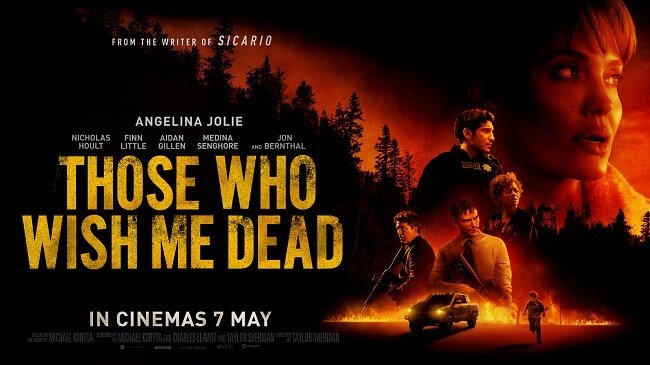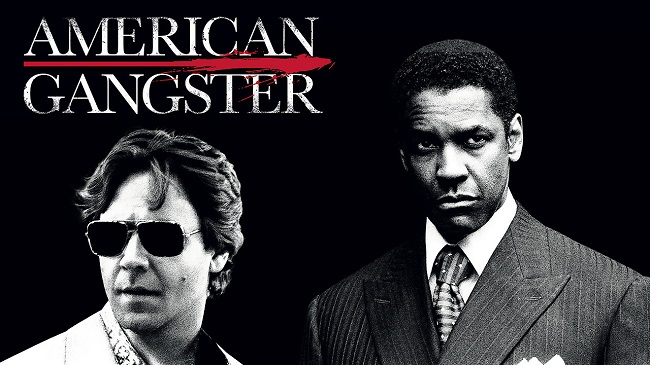Slayground (1983)
There have been several movie adaptations of the books of Jonathan Stark (AKA Donald E. Westlake) featuring his career criminal lead character, Parker. Sadly not all of them have fared well, either critically or at the box office. Many have deviated from the source material, often just using mere aspects of the original plot as the basis of their screenplay. Perhaps the most successful of these has been Point Blank (1967), directed by John Boorman and starring Lee Marvin. Slayground sadly follows the pattern set by previous adaptations. It changes several character names and takes two main elements from the source text and uses them as a premise. Specifically, a robbery that goes wrong which results in an accidental death and a climactic shootout in an out of season fairground. Due to the financing of the film, half of the story takes place in the US and the other in the UK. Much of the cast are British, resulting in a curious and at first glance somewhat incongruous film.
Long term thief Stone (Peter Coyote) and his accomplice Joe Sheer (Bill Luhrs) arrive in a rundown part of New York State to rob an armoured car. When their usual driver Laufman fails to join them, Sheer employs local driver Lonzini (Ned Eisenberg). Despite successfully undertaking their robbery, Lonzini collides with another car while making their getaway. When Stone investigates the wreckage he discovers all passengers are dead including a young girl. Shocked and outraged by this needless tragedy, Stone threatens to kill Lonzini, however, Sheer intervenes and the gang go their separate ways. But the Father of the dead girl (Michael M. Ryan), a wealthy sports businessman, hires charismatic assassin Costello (Phillip Sayer) and instructs him to find all involved in her death and to kill them. Stone soon learns that he is a marked man, when Lonzini is found brutally murdered. He flees to the UK and seeks out former associate Terry Abbatt (Mel Smith), in the hope of lying low and avoiding the price on his head. But Costello is tenacious and pursues him, relentlessly killing all in his path.
Slayground was written and adapted by British screenwriter Trevor Preston, a veteran of such British cop shows as The Sweeney. Hence several scenes reflect his customary gritty and hard boiled dialogue. The movie starts in a run down part of the US and then relocates to a comparably run down part of the UK. This narrative continuity may well have had a greater significance initially. But Slayground feels like a film that may have substantially re-edited prior to release. It runs for a tight 89 minutes and doesn’t waste it’s time on niceties or unnecessary embellishments. The direction by former cameraman Terry Bedford is uncomplicated and reflects the down-at-heel lifestyle and world of the main characters.
Yet there are major narrative gaps in the proceedings. Where Walter Hill wrote deliberately minimalist characters for The Driver, the flow of events in Slayground gives one the distinct impression that there is 10 to 15 minutes of expositional material is missing. Furthermore, the hitman Costello has a penchant for arranging the bodies of his victims. Yet these scenes are brief and their actual death sequences are conspicuously absent.
Hence the cast are left with precious little to do. Stone is no more of an archetype, rather than a fully rounded character. Billie Whitlaw has only a few scenes as Madge, the owner of a financially failing amusement park, although she gets by on the strength of her personality. And Mel Smith doesn’t arrive until the film’s final act. He delivers a particularly powerful soliloquy about a criminal’s lot in life and we get a brief glimpse of his straight acting talent. But again the proceedings surge ahead towards the climactic showdown between Stone and Costello and the production seems to dismiss the gaps in the plot . What we should have experienced throughout Slayground is a man’s journey through his past as he reflects upon the lifestyle he has chosen and its consequences. Sadly we are instead taken on a journey from A to B to C, where everyone we meet becomes another corpse within minutes of being introduced.
Yet despite its multiple shortcomings, there are a few aspects of Slayground that standout. The film starts with a small vignette that shows the fate of the original getaway driver, Laufman. It is a creative opening gambit. The hitman Costello is also an enigmatic character with his fedora hat and the way we never fully get to see his face. His playful tanting of his victims is an interesting foible. The denouement in the amusement park is suitably creepy, as the fairground automatons are caught in the crossfire. But ultimately this movie fails to reach its full potential, either because of ill conceived editing designed to “streamline” the story, or because the director simply didn’t have the experience to craft a more rounded and detailed narrative. As it stands, Slayground remains a curious anomaly. One of four films produced by Thorn EMI in the early eighties under the auspices of Verity Lambert. The others being Comfort and Joy, Morons from Outer Space and Dreamchild.














